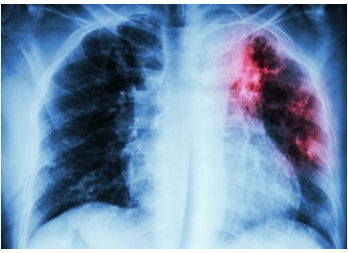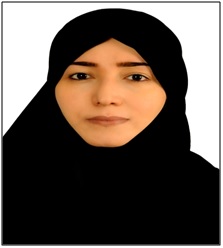DETERMINATION OF RIFAMPICIN MONO-RESISTANCE MYCOBACTERIUM TUBERCULOSIS IN THE NATIONAL TUBERCULOSIS CONTROL PROGRAMME IN SANA'A CITY-YEMEN: A SIGNIFICANT PHENOMENON IN WAR REGION WITH HIGH PREVALENCE TUBERCLOISIS
Keywords:
Mycobacterium tuberculosis (MTB), Rifampicin resistant (RIF), Sana’a, Tuberculosis (TB), YemenAbstract
Objective: The current study was undertaken in Sana'a city, Yemen, which has one of the highest rates of Tuberculosis (TB) in the region. The aims of this retrospective study were determined the prevalence of true RIF's mono-resistance, using the gold standard of molecular assays comparing with culture based phenotypic drug susceptibility testing (DST), and determined the associated risk factors of contracting RF gene among Yemeni TB patients.
Methods: Patient's data were collected in a predesigned questionnaire which included demographic information and the relevant risk factors associated with RIF. All sputum specimens received were routinely cultured, and, underwent phenotypic drug susceptibility testing. DNA sequences specific for MTB and RIF were detected by automated molecular test.
Results: The total end treatment rate was 5.94% of the total cases (11/185). MTB gene was positive for all cases which indicate more sensitive than sputum examination; 3.2% of total patients show RIF's genes positive. Higher rate of RIF with male (5.4%), and low in female patients (1.8%). There was higher rate of RIF with age group 36-45 years (8.7%) and >15 years (7.1%). There was significant rate of RIF gene with after food drug taken (RIF=13.3%, with Odds ratio (OR)=6.4), and with DOTs program (RIF=10%, with OR=6.4). In addition, there was significant rate of RIF gene with one dose regimen (11.8%, OR=5.5).
Conclusion: In conclusion, this study reveals the presence of RIF- M. tuberculosis in Sana’a, Yemen and most of them were observed among patients who default treatment. This is considered as a threat to TB control programme and it is recommended that strategies should be put in place in order to ensure patients’ compliance and monitoring of patients’ response to TB treatment.

Peer Review History:
Received 4 April 2019; Revised 9 May; Accepted 28 June; Available online 15 July 2019
Academic Editor: Rola Jadallah , Arab American University, Palestine, rola@aauj.edu
, Arab American University, Palestine, rola@aauj.edu
Reviewer(s) detail:
Dr. Tanveer Ahmed Khan , Hajvery University, Lahore, Pakistan, tanveerahmedkhan754@gmail.com
, Hajvery University, Lahore, Pakistan, tanveerahmedkhan754@gmail.com
Dr. George Zhu , Tehran University of Medical Sciences, Tehran, Iran, sansan4240732@163.com
, Tehran University of Medical Sciences, Tehran, Iran, sansan4240732@163.com
Downloads

Published
How to Cite
Issue
Section

This work is licensed under a Creative Commons Attribution-NonCommercial 4.0 International License.









 .
.